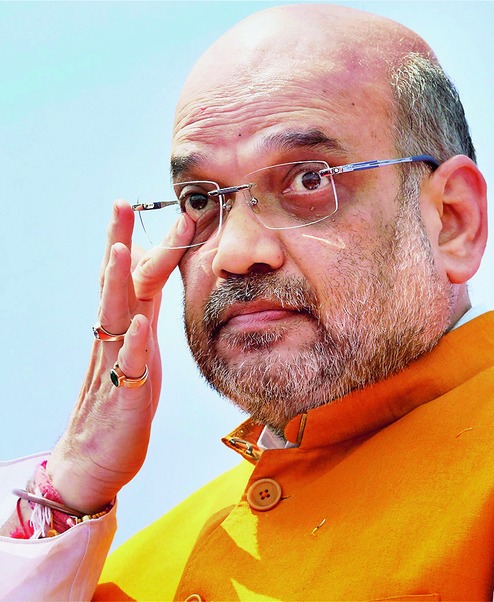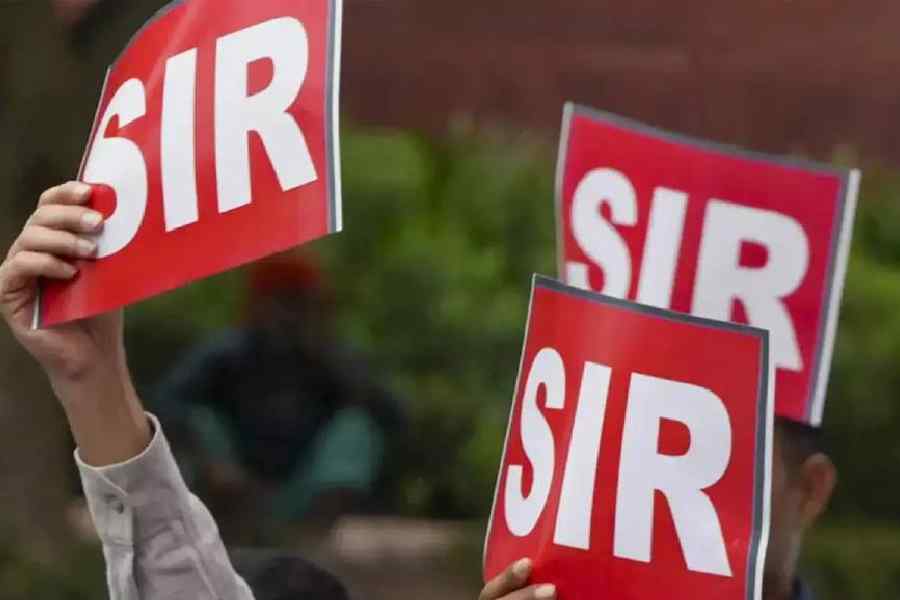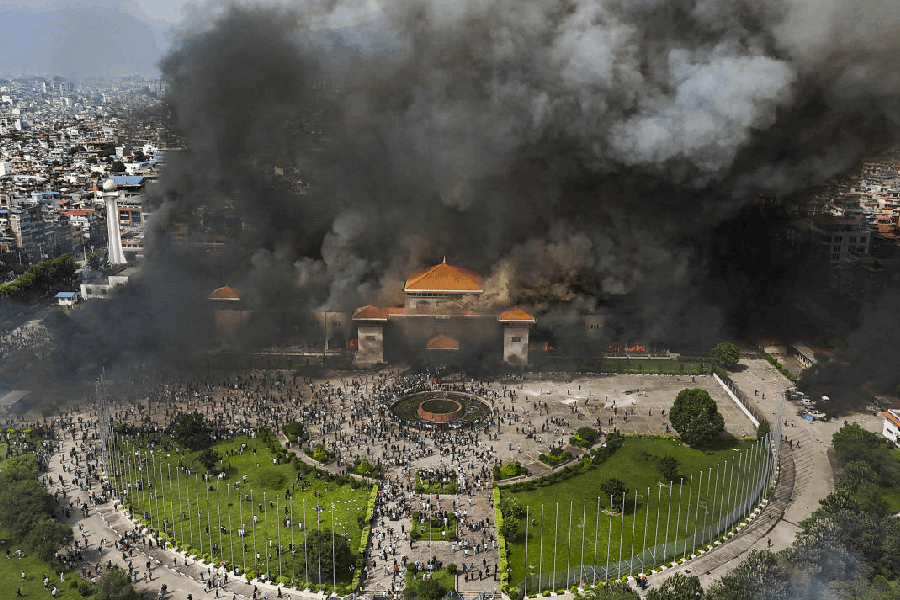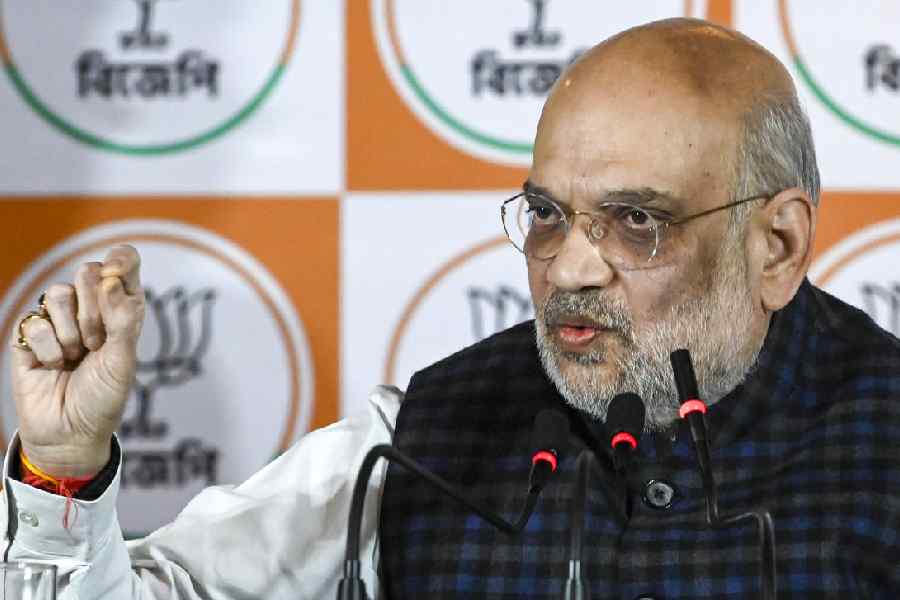
In the early days of management education in India, it was said that management is value neutral and could be applied to all matters where resources were used to achieve stated objectives. It must be applied to government activities as well: stating objectives and outcomes, setting up a time frame for the completion of various activities, for formulating and implementing policies, achieving the objectives, determining and recruiting or training for the types of expertise required, setting up monitoring mechanisms and changing action plans when necessary. Sadly, this advice has been forgotten. Governments do not use management principles when formulating policies, allocating and spending budgets, or in their implementation. Administrative procedures dominate the process. Budgets are only about spending money, and that too without reviewing the achievement of objectives at each stage. Specialization is not sought. The boards have no accountability, nor do the administrators. Practically, no government activity is completed in time and with quality. Implementation is not an area for which governments set up systems and structures for efficiency and quality.
Education and research at all levels have had least attention paid to their management. (There are, however, exceptional institutions that have maintained high standards: Indian Institute of Science, Tata Institute of Fundamental Research, Delhi School of Economics, Birla Institute of Technology and Science, Pilani, the Manipal group of educational institutions, some of the Indian Institutes of Technology and regional engineering colleges and Indian School of Business to name a few). Schools, colleges, universities, social science research institutions and professional education vary in quality. Most are of low quality.
Schools are of three types: government schools, aided schools and private schools. They vary in quality in the same order, from poor to unsatisfactory to below par. Schools are either 'recognized' (by government) or 'unrecognized'. They need to be registered but many are not and government statistics ignore them. Recognized schools are authorized to issue transfer certificates, but are subject to many onerous conditions, including that they have their own building. Many primary schools, especially in rural areas, remain unrecognized and outside government statistics. Recent data is unavailable. However, household surveys have shown that the number of children attending government schools in rural India is less than one-third of the actual number attending private schools. For example, a survey conducted by the National Council of Applied Economic Research for 1996 in Uttar Pradesh showed that 30.7 per cent of school enrolment was in private schools against less than the 10 per cent as per government data. Government data did not count unrecognized schools. Surveys show that the number of private schools declines as students move from primary to senior and high schools.
In the age group 5 to 10 and among below-poverty-line families, 14.8 per cent attend private schools; 8 per cent of them are from rural areas and more than 30 per cent from urban households. Various studies show that private schools are much more expensive than government schools (mostly free) and BPL families spend a disproportionate share of their incomes on education. Teachers are of relatively low quality in government schools, they miss classes, the learning outcome is consequently poorer and teacher accountability is low. A management approach to schools would start with acquiring comprehensive data on numbers, infrastructure, teacher quality, desired and achieved learning outcomes and cost to families among other data.
This data would then be used to set accountability parameters and aim to improve government schools. Various studies show that learning outcomes in government schools are poorer than that in private ones, though not by much. In the British era, school inspectors ensured that all schools kept a minimum standard. This is not the case now.
Many colleges in India also offer a superficial education. This is true of many that teach professional courses such as medicine and management. A result is the proliferation of private tuition centres, not only for school education but also beyond that. According to data collected by the National Sample Survey Organization, 20 per cent of Indians pursuing degree courses and 13 per cent of those pursuing postgraduate courses and above avail of private tuition. Though private coaching is prevalent all across India, it is more popular in eastern states (in West Bengal, 89 per cent of male secondary and higher secondary students resort to private tuition while the national average is 37.8 per cent). These numbers are much higher at the school level. The principal reason for this is the deterioration in the quality of classroom teaching while the examinations remain rigorous, demanding supplementary teaching.
India was once known for the quality of medical education. There has been much deterioration in this sector. The murky affairs of the Medical Council of India are known. There are huge under-the-table payments for many medical specialities. The Vyapam scandal in Madhya Pradesh revealed that many who get medical degrees have had others appear in the examinations on their behalf. It is rare for professional bodies in any field to take action for indiscipline or malpractice. (The lack of stringent punishment for PricewaterhouseCoopers, which was allegedly a participant in the Satyam scandal, is one example and can be found in all professions.)
We have read about pilot licenses being given to well-connected but unsuitable candidates, thereby clearly subverting the regulatory authority - the directorate general of civil aviation of India. There are hundreds of recognized (by All India Council for Technical Education) management schools and engineering colleges which have poor faculty, inadequate facilities (equipment, computers, library and classrooms). Our regulatory bodies in education (such as the University Grants Commission and AICTE) are poorly staffed and this starts at the top level of management. Many a time, the organizations are also corrupt. The weakness applies to self-regulated bodies with statutory powers (of lawyers, accountants, company secretaries, doctors, architects and others), as also to those regulated by government bodies (such as universities, management education, technical and computer education and mass communication). Since each of these bodies certifies a student to work in a well-paying profession, they have to be transparent, fair, independent, objective and courageous. Unfortunately, they are not.
Colleges are managed by principals and elected or nominated boards; universities by vice-chancellors appointed by governments, with the help of councils. The UGC has supremacy over all of them. But its regulation is largely ineffective. Similarly, social science research has the Indian Council of Social Science Research to regulate individual research institutions that have their own boards. Most of these boards play limited roles in approving what is put before them. The poor overall quality of colleges prevails in spite of such regulation. Nor is it possible to commend the overall quality of social science research in India despite a regulatory body that is also a provider of funds. There is little path-breaking research.
What are the ills that plague these institutions? There is practically no attempt to train faculty and keep them up to date. Selections are plagued by the country's quota system for certain castes and tribes without any attempt to upgrade the reserved candidate's suitability. Faculties in Indian institutions function as democracies, not meritocracies. Everyone is equal and there is no differentiation between the outstanding teacher or researcher and the poor ones. There is automatic promotion from one level to another after a few years, so that everyone can expect to become more than just a lecturer. There is rarely an attempt to evaluate teachers by students and if there is, it is a minor factor in evaluation. Performance evaluation of faculty is subjective and there are rarely stated parameters.
India needs massive faculty development and training programmes to cover all levels of education and subjects. Governance must be by committed boards that set objective parameters for performance of the institutions and faculty and rigorously and regularly review. Performance ought to be measured and rewarded or punished accordingly. Boards have to be accountable for the institution's performance.
The Constitution has made education a Concurrent subject but state governments indulge in vote bank populism. Appointments of top functionaries are on political grounds, not competence and capability. The way out is wholesale privatization with tough regulation.
The author is former director-general, National Council of Applied Economic Research











